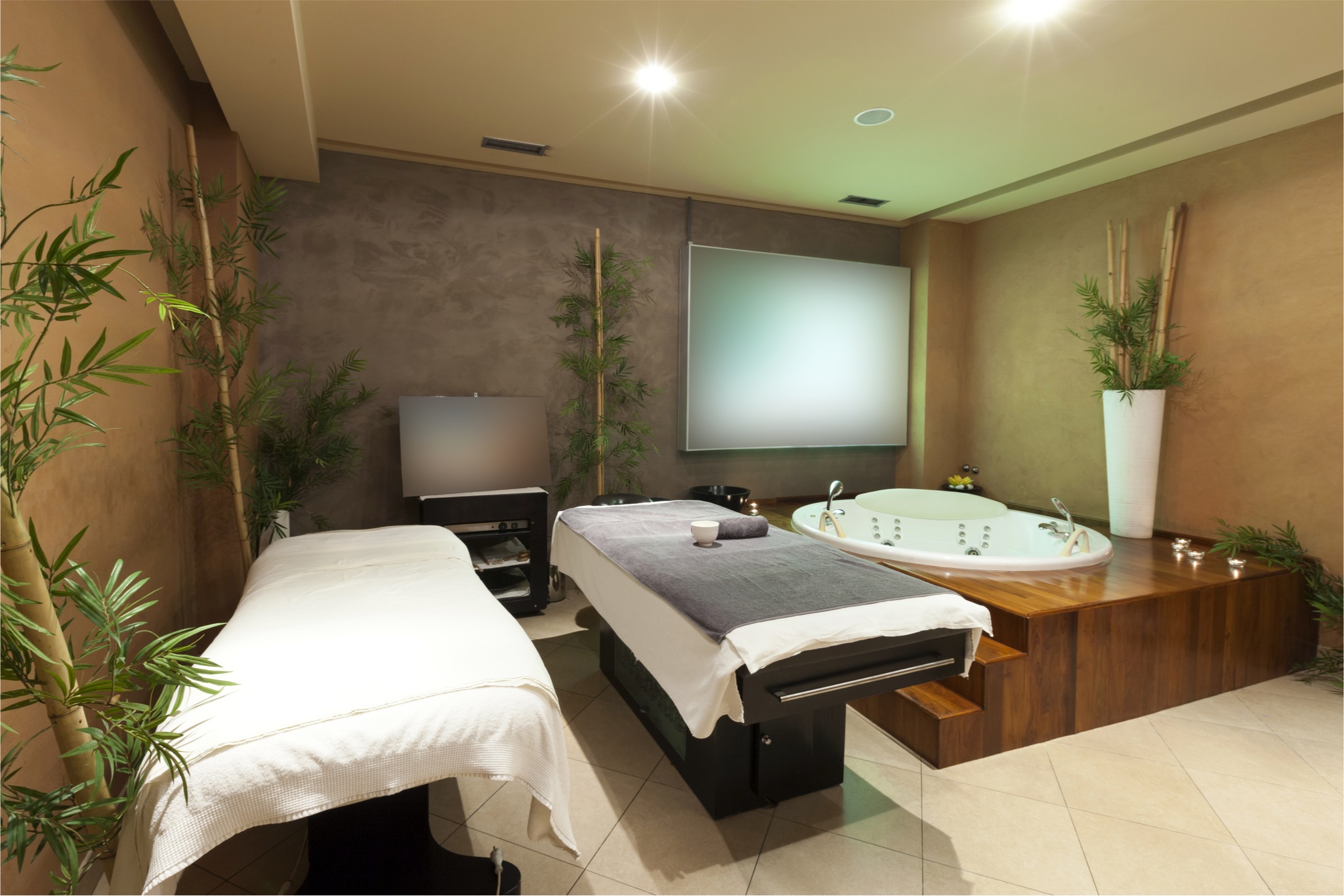Spas are designed to be a place where you can remove yourself from the trials and tribulations of everyday life and step into a space which celebrates peacefulness and allows you to reconnect with your inner being. Our daily lives are full of pressures at home and office involving relationships, work and the constant need to achieve new goals.
All of this causes stress which affects our health and mental acuity since we are constantly embroiled in thoughts of work and personal life. Most people leading the urbane lifestyle complain of aches and pains in the body because of long hours of work, inadequate exercise and stress created in knotted muscles. When we imagine a spa, we imagine a place where we can isolate ourselves from this clutter to relax and rejuvenate.
This is why spas are always designed to include uncluttered, open and relaxing spaces which promote the flow of positive energy and help soothe the senses. A person entering the spa is usually welcomed with the comforting aroma of gentle fragrances of essential oils, the comfort of a soothing drink and the beauty of an uncluttered, minimally designed space which allows the mind to reduce distractions and relax.
The main areas of focus in spas are furniture, flooring, rugs and carpets. The use of design elements is usually limited to natural elements like plants, water and stones. Most spas avoid heavily accented interiors because these can clutter space and may not aid relaxation for customers.
For the same reason, spas also embrace neutral tones for the walls, furnishings and linen. Loud colours and bulky furniture are usually avoided. Even with the linen and furnishing, organic items gain favour. As a result, our designers have found that minimalism is the key in designing spas.
